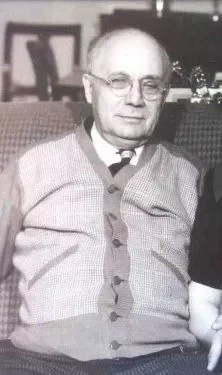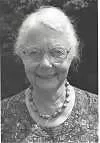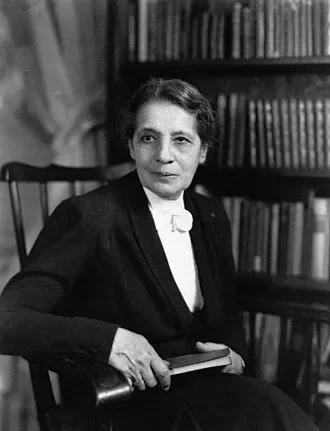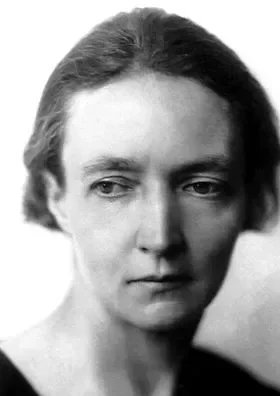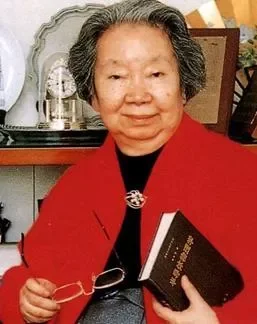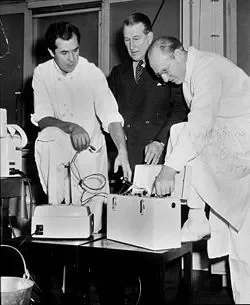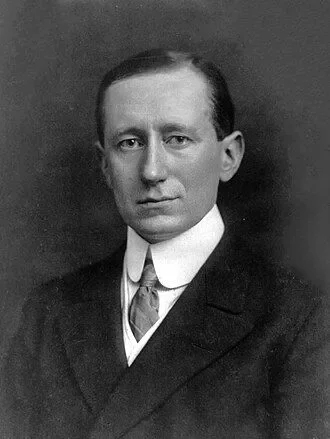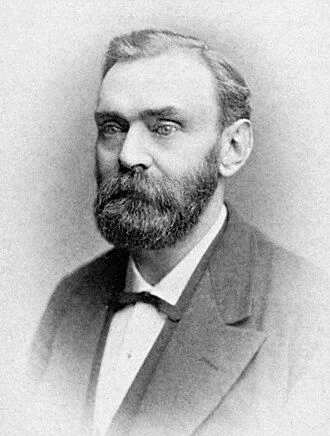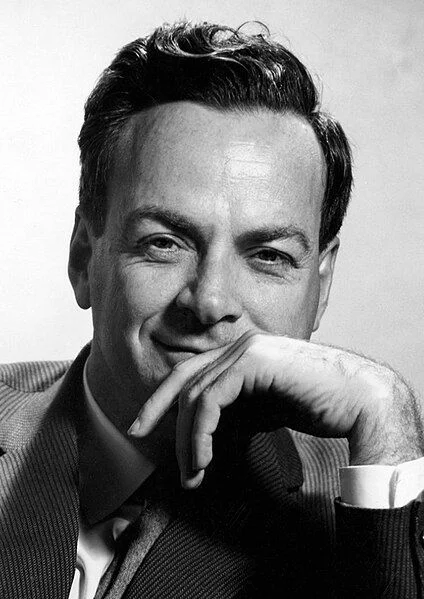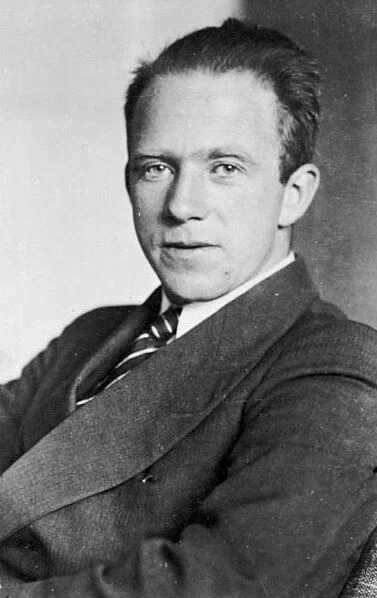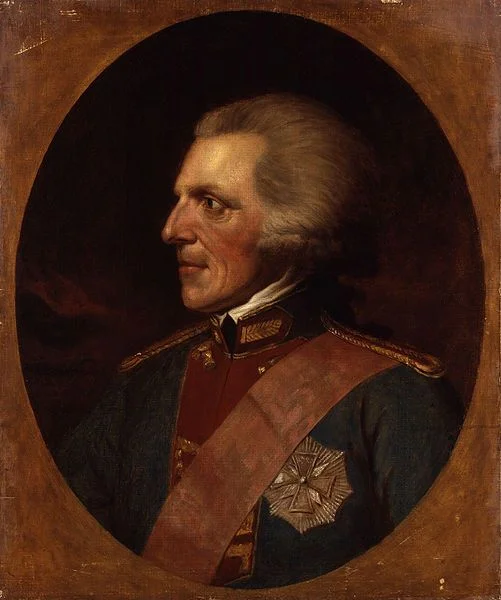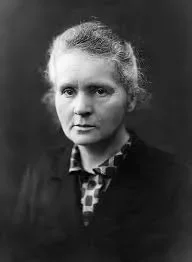Real Celebrities Never Die!
OR
Search For Past Celebrities Whose Birthday You Share
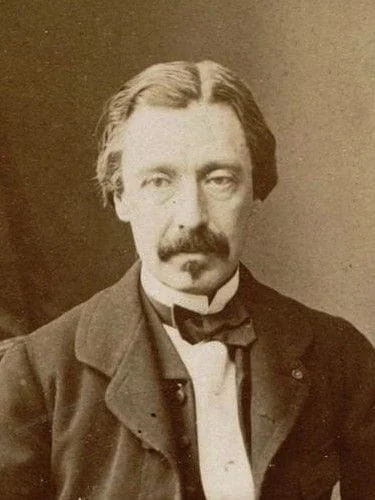
source:wikipedia.org
Léon Foucault
Birthday:
18 Sep, 1819
Date of Death:
11 Feb, 1868
Cause of death:
Multiple sclerosis
Nationality:
French
Famous As:
Physicist
Age at the time of death:
48
Early Life and Education
Jean Bernard Léon Foucault, born on September 18, 1819, in Paris, France, was a French physicist best known for his demonstration of the Foucault pendulum, which provided experimental proof of the Earth’s rotation.
Foucault was born into a publishing family in Paris. As a child, he was frail and received much of his early education at home. He showed an early aptitude for mechanics, often constructing toys and machines. Despite his family’s hope that he would become a surgeon, Foucault’s aversion to the sight of blood led him to abandon his medical studies at the Collège Stanislas in favor of physics.
Early Career and Collaborations
After leaving medical school, Léon Foucault became an assistant to Alfred Donné, working on microscopy. This experience led him to improve photographic processes, particularly in microscopic photography. In 1839, he met Hippolyte Fizeau, and the two collaborated on several projects, including taking the first detailed photographs of the sun’s surface.
Major Contributions
The Foucault Pendulum
Foucault’s most famous contribution to science came in 1851 when he demonstrated the rotation of the Earth using a pendulum. The Foucault pendulum, as it came to be known, consisted of a 28-kg iron ball suspended from a 67-meter wire inside the Panthéon in Paris. As the pendulum swung, it appeared to rotate its plane of oscillation, providing visual proof of the Earth’s rotation.
Speed of Light Measurement.
In 1850, Foucault conducted experiments to measure the speed of light. With the help of a rotating mirror mechanism, he not only accurately calculated the speed of light but also established that light moves at a slower pace in water than in air, in opposition to the prevailing scientific knowledge of that era.
Other Inventions and Discoveries
1. Gyroscope: Foucault invented and named the gyroscope in 1852, another device that demonstrated Earth’s rotation.
2. Foucault Currents: In 1851, he discovered eddy currents in copper disks rotating in strong magnetic fields, now known as Foucault currents.
3. Telescope Improvements: He developed methods for silvering telescope mirrors and invented the Foucault knife-edge test for detecting defects in telescope mirrors.
Léon Foucault's Quote's
Honors and Later Career
Foucault received many awards for his work. In 1855, he was awarded the Copley Medal by the Royal Society of London and appointed as the physicist at the Imperial Observatory in Paris. He became a member of the Bureau des Longitudes in 1862 and was elected to the French Academy of Sciences in 1865.
Personal Life and Death
Léon Foucault was dedicated to his scientific work throughout his life. Foucault fell ill in 1867 and his condition rapidly deteriorated. He passed away on February 11, 1868, in Paris at the age of 48. The cause of his death is believed to have been multiple sclerosis.
Jean Bernard Léon Foucault’s legacy lives on in the pendulums that bear his name, which can be found in science museums and institutions worldwide. His work not only proved the Earth’s rotation but also enhanced our knowledge of optics and mechanics, establishing him as a prominent physicist of the 19th century.
Name:
Léon Foucault
Popular Name:
Léon Foucault
Gender:
Male
Cause of Death:
Multiple sclerosis
Spouse:
Place of Birth:
Paris, France
Place of Death:
Paris, France
Occupation / Profession:
Personality Type
Architect: Imaginative and strategic thinkers, with a plan for everything. Foucault’s focus on scientific discovery and his pioneering work in physics demonstrate the logical, analytical, and future-oriented traits. His meticulous experimental approach was grounded in a desire to push scientific boundaries.
He collaborated with physicist Hippolyte Fizeau on early light-speed measurements, enhancing the understanding of light.
Foucault was initially trained in medicine but later shifted to physics.
The term "Foucault pendulum" became a popular feature in science museums worldwide, symbolizing the Earth's rotation.
The first Foucault pendulum demonstration took place at the Panthéon in Paris in 1851.
Honored with membership in the French Academy of Sciences
Invented the gyroscope, an essential device in modern navigation and physics
Conducted the famous Foucault pendulum experiment in 1851, demonstrating Earth’s rotation
Conducted early measurements of the speed of light, challenging existing concepts in optics
Awarded the Copley Medal in 1855 for contributions to physical sciences
